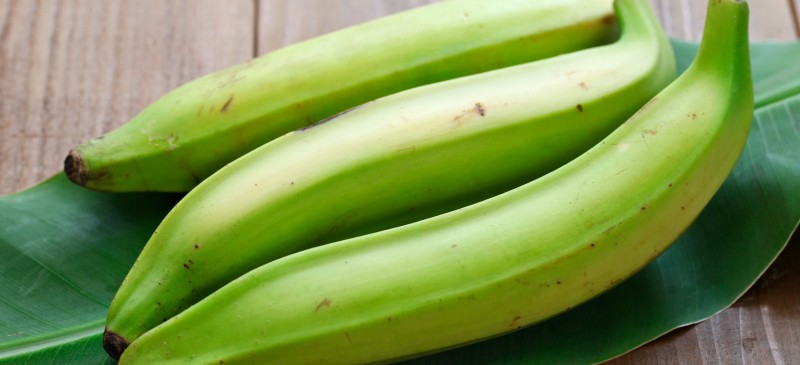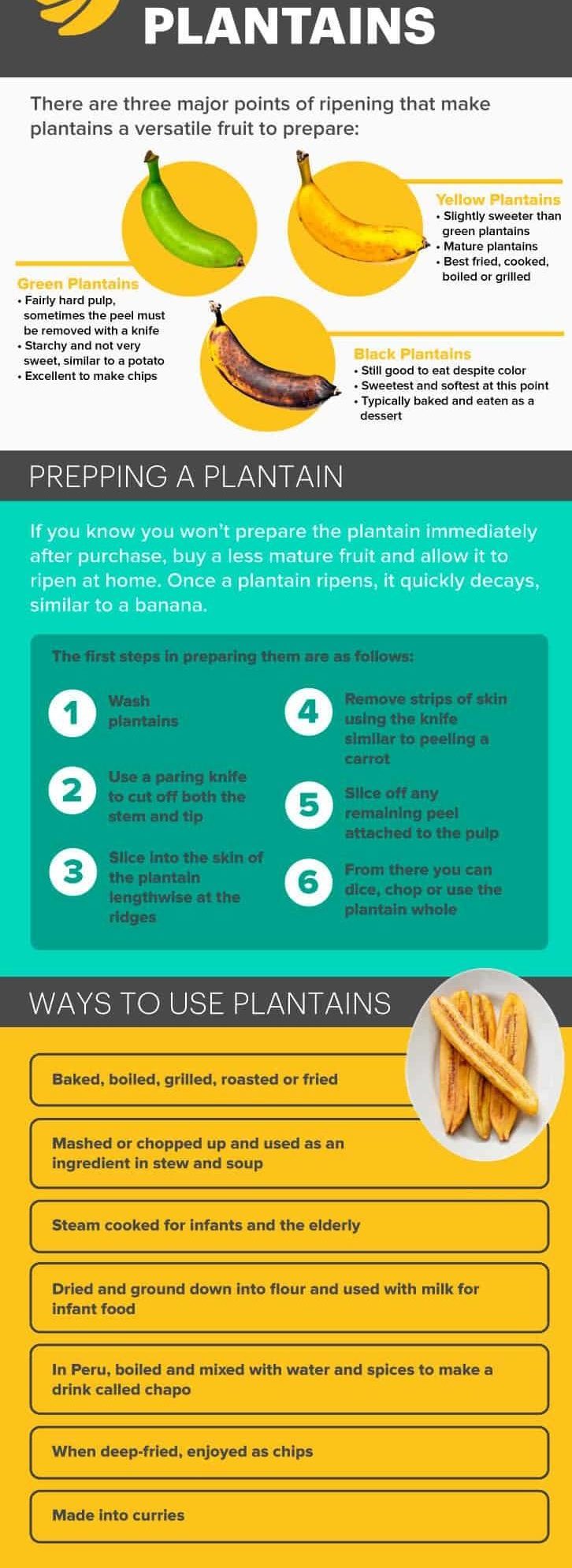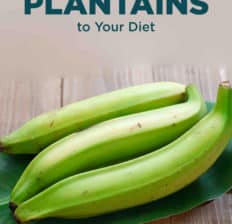This Dr. Axe content is medically reviewed or fact checked to ensure factually accurate information.
With strict editorial sourcing guidelines, we only link to academic research institutions, reputable media sites and, when research is available, medically peer-reviewed studies. Note that the numbers in parentheses (1, 2, etc.) are clickable links to these studies.
The information in our articles is NOT intended to replace a one-on-one relationship with a qualified health care professional and is not intended as medical advice.
This article is based on scientific evidence, written by experts and fact checked by our trained editorial staff. Note that the numbers in parentheses (1, 2, etc.) are clickable links to medically peer-reviewed studies.
Our team includes licensed nutritionists and dietitians, certified health education specialists, as well as certified strength and conditioning specialists, personal trainers and corrective exercise specialists. Our team aims to be not only thorough with its research, but also objective and unbiased.
The information in our articles is NOT intended to replace a one-on-one relationship with a qualified health care professional and is not intended as medical advice.
Plantains: 6 Reasons to Add to Your Diet (#5 Will Make You Think)
March 9, 2023

Although not a staple food in the United States, plantains have a rich history, with references to the fruit dating back 2,500 years ago. There are even mentions of plantains in Ancient Greek records of Alexander the Great’s travels to India. He liked them so much he ordered them to be grown in his coastal domains in Africa.
At first glance, it’s just as easy to confuse a plantain with a banana and for good reason. Not only are plantains a close relative of bananas, but the nutrition of this tropical fruit has many of the same qualities as banana nutrition.
How so? Well, studies show both bananas and plantains help boost the immune system, regulate digestion and are potassium-rich foods. The benefits of plantains don’t stop there, which is why you can’t go wrong with this banana doppelgänger.
Plus, if you haven’t eaten cooked plantains yet, you’re in for a major treat. Certain African countries already know this, as plantains and bananas provide more than 25 percent of food energy requirements for about 70 million people.
What Are Plantains?
Plantains are a close relative of bananas and tend to be mistaken for them, but in one of the 120 countries that grow much of the world’s supply of plantains — like Uganda, Colombia and Cameroon — people know the distinction between the two. That’s because plantains are starchier, contain less sugar than bananas and are much more versatile as a cooking ingredient. Also, unlike bananas, plantains are typically cooked before eating.
Plantain trees grow best in moisture-rich, tropical climates. The tree flowers develop into a bunch, which holds about five to 10 fruits.
Plantains don’t have a growing season and are, therefore, available year-round. This makes ripe plantains a very valuable, reliable food source for developing countries.
Only 15 percent of global production is used in trade. The rest is consumed domestically in the countries where they’re grown — and they’re grown all over the world.
In fact, plantains are the 10th most important staple food feeding the world today. Currently, the largest producers of plantains are African countries like Uganda, Rwanda, Ghana and Nigeria. They are also wildly popular in Caribbean, Latin America and Asian cuisines.
Despite their popularity in other countries, plantains are not as common in the U.S., but they are available in most large grocery stores. The plantain is nutrient-filled fruit that provides many vitamins and minerals, and it can be a great substitute for rice or potatoes.
Plantain Nutritional Facts
One cup (approximately 148 grams) raw plantain contains roughly the following:
- 181 calories
- 47.2 grams carbohydrates
- 1.9 grams protein
- 0.5 grams fat
- 3.4 grams fiber
- 27.2 milligrams vitamin C (45 percent DV)
- 1,668 international vitamin A (33 percent)
- 0.4 milligram vitamin B6 (22 percent)
- 739 milligrams potassium (21 percent)
- 55 milligrams magnesium (14 percent)
- 32.6 micrograms folate (8 percent DV)
- 0.1 milligrams copper (6 percent DV)
- 0..1 milligrams thiamine (5 percent DV)
- 0.1 milligrams riboflavin (5 percent DV)
- 1 milligrams niacin (5 percent DV)
- 0.9 milligrams iron (5 percent)
- 50.3 milligrams phosphorus (5 percent DV)
- 0.4 milligrams pantothenic acid (4 percent DV)
Plantains are typically eaten when cooked, which changes the fruit’s nutritional value. One cup (about 200 grams) of cooked, mashed plantains has approximately:
- 232 calories
- 62.3 grams carbohydrates
- 1.6 grams protein
- 0.4 gram fat
- 4.6 grams fiber
- 1,818 international units vitamin A (36 percent)
- 21.8 milligrams vitamin C (36 percent)
- 930 milligrams potassium (27 percent)
- 0.5 milligram vitamin B6 (24 percent)
- 64 milligrams magnesium (16 percent)
- 52 micrograms folate (13 percent DV)
- 1.5 milligrams niacin (8 percent DV)
- 0.1 milligrams copper (7 percent DV)
- 1.2 milligrams iron (6 percent)
- 0.1 milligrams thiamine (6 percent DV)
- 0.1 milligrams riboflavin (6 percent DV)
- 56 milligrams phosphorus (6 percent DV)
- 0.5 milligrams pantothenic acid (5 percent DV)
- 2.8 micrograms selenium (4 percent DV)
Health Benefits
Plantains are a solid source of carbohydrates but are low in fat, and they also provide a number of other health benefits. Plus, they don’t contain any significant levels of toxins.
1. Great Source of Potassium
There are 913 milligrams of potassium in one cup of cooked, mashed plantains. That accounts for about 27 percent of the recommended daily amount of potassium, making plantains one of the most potassium-rich foods on the planet.
Potassium is the third-most abundant mineral in the body, but when depleted, low potassium can affect the function of a number of organs and processes.
Potassium is an electrolyte and is affected greatly by the amount of sodium in the body. It plays a major role in regulating blood pressure because it combats the effects of sodium.
Many Western diets include too much sodium, which means we could all use more sources of potassium. Snacking on sweet plantains or adding them as a side dish are delicious ways to reach your daily potassium goals and help naturally remedy high blood pressure.
Research shows that potassium levels also affect skeletal and smooth muscle contraction, which allows for regular digestive and muscular function. It also helps regulate heart rhythm, and studies show that people who consume diets with high potassium levels tend to be at a lower risk of stroke, osteoporosis and renal disease.
2. Help Regulate the Digestive System
Fiber has a profound effect on the digestive system and plays a significant role in keeping it regular. As a high-fiber food, plantains add bulk to food intake, which aids digestion.
Research conducted at the University of Kentucky’s Department of Internal Medicine and Nutritional Sciences Program suggests that consuming fibrous ingredients like ripe plantains is a great way to relieve constipation and provide relief from hemorrhoids and digestive conditions like diverticulitis.
You will likely find that fiber also makes you feel full, which can help with weight control. Thus, increasing intake of dietary fiber can also help enhance weight loss in obese individuals.
Soluble fiber is also known to help lower cholesterol and blood pressure, which prevents heart disease, and it can also help stabilize blood sugar.
3. Help Reduce the Number of Harmful Free Radicals
Free radicals, which are made when your body breaks down food or when you are exposed to other harmful elements like tobacco smoke or radiation, play a part in aging, diseases and cancer. Vitamin C is an antioxidant that fights free radical damage.
A serving of plantains can provide over 35 percent of the vitamin C needed per day, making it one of the best vitamin C foods around. Studies indicate that the body can’t store vitamin C (excess is released in urine) or produce it independently, so getting the daily recommended amount is very important.
Vitamin C is one of the most powerful vitamins, as it has a hand in growing and repairing tissues all over the body. It’s involved in forming a protein used in making skin, tendons, ligaments and blood vessels, as well as maintaining cartilage, bones and teeth.
4. Boost the Immune System
Looking to boost your immune system? Then plantains are the perfect snack.
They pack 36 percent of your daily recommended amount of vitamin A. As another powerful antioxidant, reports state that vitamin A provides a number of benefits to the body.
Along with vitamin C, it helps control your immune response, which keeps illness at bay, and a number of important immune system responses rely on vitamin A to perform correctly.
Vitamin A also has a large part in skin health and cell growth, and it is a necessary element for wound healing. Cells that overreact to certain foods are the root of food allergies and ultimately cause inflammation.
Vitamin A’s antioxidant properties can neutralize free radicals and help prevent inflammation caused by overreacting cells. It also helps with eye health and vision, especially in low light.
5. Promote Healthy Brain Function
Vitamin B6, also called pyridoxine, generates several important neurotransmitters that carry information from one cell to another. A serving of plantains can provide up to 24 percent of your daily amount needed of vitamin B6.
Vitamin B6 benefits healthy brain function and, as indicated in research published in the Cochrane Database of Systematic Reviews, helps make hormones like serotonin and norepinephrine, which keep moods stable, and melatonin, which regulates the body’s clock.
Homocysteine levels (an amino acid linked to heart disease and nervous system damage) are also controlled by vitamin B6. The vitamin keeps levels low to help prevent damage and maintain the health of blood vessels.
This vitamin in plantains is one of the eight B vitamins that aid in processing food into energy and metabolizing fats. Similar to vitamin A, B6 also helps slow the onset of eye diseases like macular degeneration.
It works with B12 to produce red blood cells and cells in the immune system. Boosted levels of vitamin B6 are also linked to prevention or decrease of rheumatoid arthritis symptoms.
6. Great Source of Magnesium
Magnesium deficiency is a very common problem thanks to Western diets and depleted soil due to overfarming. Plantains offer about 16 percent of your daily need for magnesium, which is especially important because magnesium affects over 300 biochemical reactions in the body.
From helping regulate blood pressure to preventing osteoporosis, there are many ways magnesium keeps the body healthy. Plus, research proves that magnesium directly affects calcium absorption, which can avert or reverse osteoporosis.
It also lowers the risk of getting type 2 diabetes by controlling blood glucose levels via carbohydrate metabolism and insulin regulation. Studies show that magnesium has also long been used to help with migraine headaches, insomnia and depression.
Related: Banana Fungus Discovered in Colombia: How Will This Impact Banana Production?
How to Find, Buy and Use (Recipes)
Plantains are available at most major grocery stores year-round and can be purchased at any point of ripeness. There are three major points of ripening that make plantains a versatile fruit to prepare:
- Green plantains: When plantains are green, the pulp is fairly hard, and sometimes the peel must be removed with a knife. At this stage, they are not fully ripe, are starchy and do not taste very sweet, similar to a potato. This is the best time to make plantain chips.
- Yellow plantains: Slightly sweeter and less starchy than green plantains, yellow plantains are ripe, mature and most often made into fried plantains. They’re best fried, cooked, boiled or grilled.
- Black plantains: Despite their color, black plantains are still good to eat. They are the sweetest and softest at this point and are typically baked and eaten as a dessert. You will enjoy the sweet taste of these very ripe plantains.
As with any fruit, if you know you won’t prepare the plantain immediately after purchase, you can buy a less mature fruit and allow it to ripen at home. Once a plantain ripens, it quickly decays, similar to a banana, so be sure not to store it for too long.
When you get your plantain home, the first steps in preparing them are as follows:
- Wash plantains
- Use a paring knife to cut off both the stem and tip
- Slice into the skin of the plantain lengthwise at the ridges (be careful not to cut too deep)
- Remove strips of skin using the knife, similar to peeling a carrot
- Slice off any remaining peel attached to the pulp
- From there you can dice, chop or use the plantain whole
There are also methods for steaming or boiling off the peel of a plantain. You can peel a plantain like a banana, but depending on ripeness, the skin may be too hard to make that happen.
Plantains can be used in many ways for food:
- Baked, boiled, grilled, roasted or fried
- Mashed or chopped up and used as an ingredient in stew and soup
- Steam-cooked for infants and the elderly
- Dried and ground down into flour and used with milk for infant food as well
- In Peru, plantains are boiled and mixed with water and spices to make a drink called “chapo”
- When deep-fried, plantains are enjoyed as chips and are a popular snack all over the world
- Tostones are a popular plantain dish in Latin American and Caribbean cuisines. Tostones are made by frying unripe plantains twice so that they have a crispy texture.
- Ripe plantains are commonly made into curries, along with other popular curry ingredients
There are so many delicious plantain recipes, and the taste will vary — some more sweet and others more starchy, depending on how ripe the fruit has become. You can use them as a potato substitute or pair them with a spicy dish as a side.
They’re also a versatile cooking ingredient, so you can try adding them to dishes you already love. They can be prepared as a great, healthy snack for folks on the go as well.
If you’re looking to learn more about cooking with plantains, try these plantain recipes:

In addition to the fruit, other parts of the plantain tree can be consumed and even used therapeutically, too. Here’s a quick breakdown of how other parts of the tree are used around the world:
- A 2015 study published in the Journal of Food Science and Technology found that flour made from plantain peel is a very good source of antioxidant dietary fiber and can be used to make cookies. Because peels are a major byproduct of the dried plantain chip industry, this information encourages the peel to be utilized.
- Plantain flowers are commonly used as food in countries like Vietnam, Laos and the Philippines. The male flowers that bloom at the end of the shoot do not all mature to fruit. The flowers are used on salads or raw in vermicelli soup. There is also a type of dry curry called poriyal made in South India from plantain flowers.
- Plantain leaves have many practical uses, as they are larger and stronger than banana leaves. They’re often used as a wrap for other dishes to achieve a stronger aroma and flavor during cooking and preparing, and there are many different variations of wrapping.
- In Central and South America, plantain leaves wrap tamales before and during cooking, as well as seasoned meats to preserve the flavor. In Africa, plantain leaves are used to wrap various ingredients to keep them intact while preparing things like corn dough and bean cakes. As an important part of many Hindu religious rituals, plantain leaves are also used as plates and add a subtle hint of flavor to the dishes.
- Plantain shoots are also harvested after the fruit. The layers of the plant can be removed like an onion and chopped, which are then added to salads and can be used to make wet or dry curries. Plantain shoot is known for its ability to relieve constipation, as it’s filled with fiber.
- The juice from the shoot is also known by locals to help with ailments like snake bites, kidney stones and stomach ulcers. The fibers from the shoots are also used as a weaving material and can be made into rugs, mats and wrapping papers.
Risks and Side Effects
Some people have banana and plantain allergies. The allergic reaction usually surfaces immediately or up to one hour after consumption.
The symptoms are the same as other food allergies and include things like itching and swelling of the lips, tongue and throat; hives; and trouble breathing, among others.
Because plantains are high in carbohydrates and glycemic load, they can raise blood sugar. Those with diabetes should be aware of pairing plantains with other foods that can raise blood sugar levels.
Conclusion
- Plantains are a close relative of bananas and tend to be mistaken for them, but when you look at plantains vs. bananas, plantains are starchier, contain less sugar and are much more versatile as a cooking ingredient.
- Ripe plantains are commonly cooked before eating and are a staple in many cuisines, especially among African, Caribbean, Latin American and Asian cultures. There are many ways to prepare plantains. You can fry, grill, roast and boil them.
- Plantains are nutrient-rich, which contributes to the fruit’s many health benefits. They contain vitamin C, vitamin A and potassium. They can help boost immune system health, aid weight loss and promote healthy brain function.














